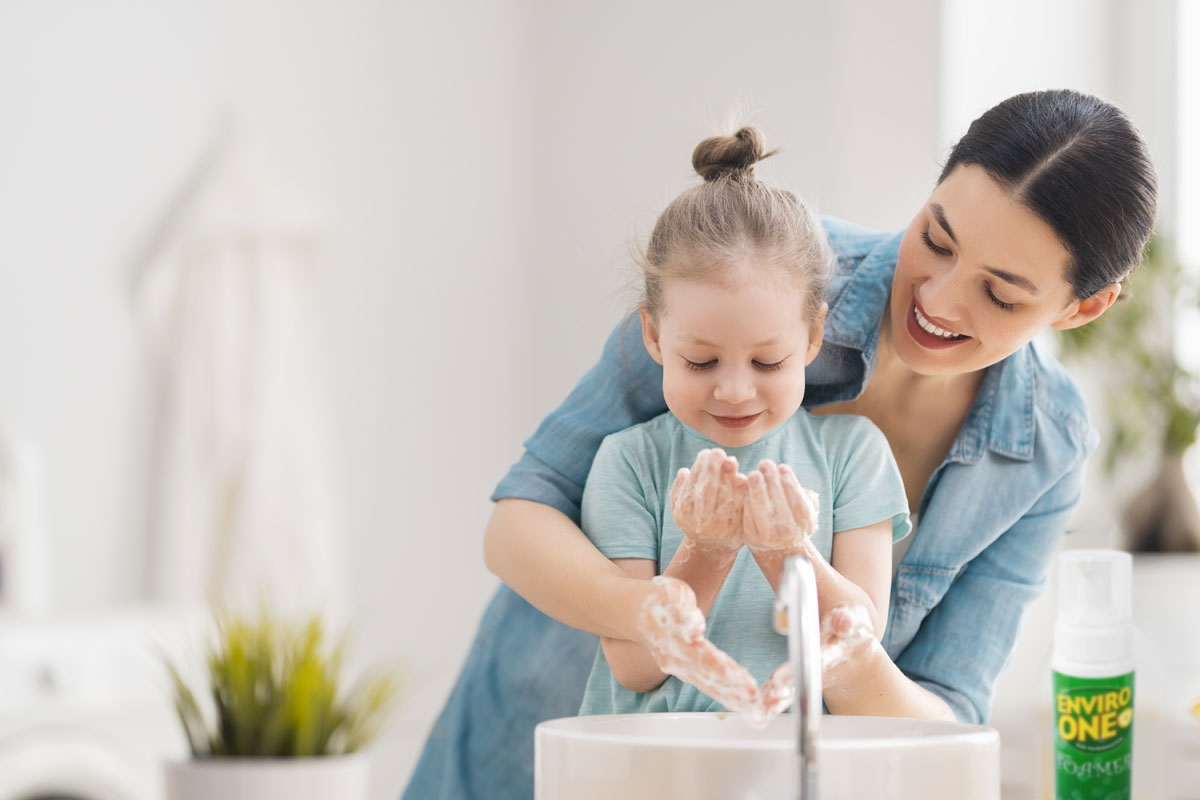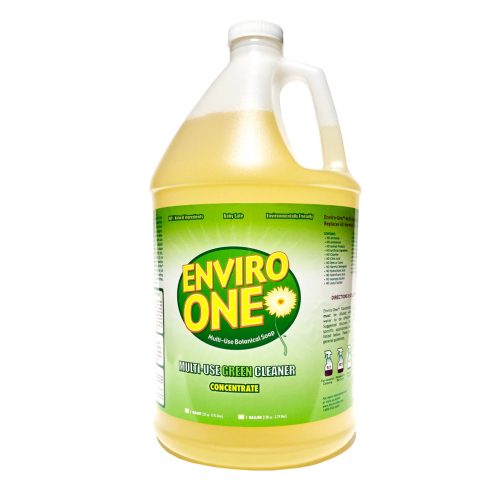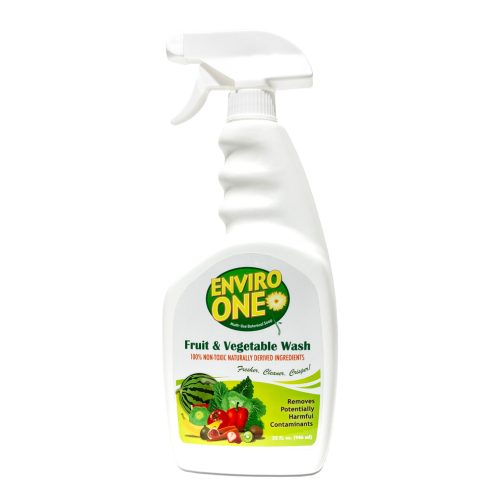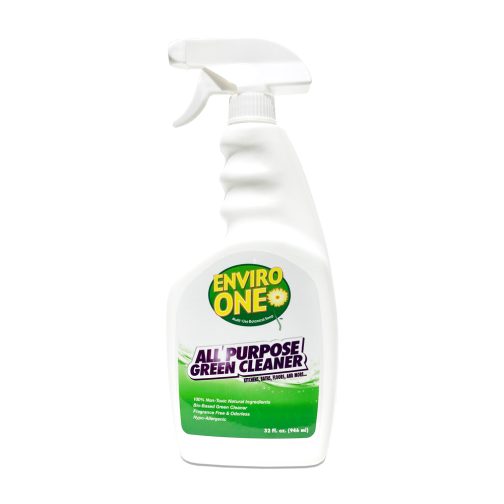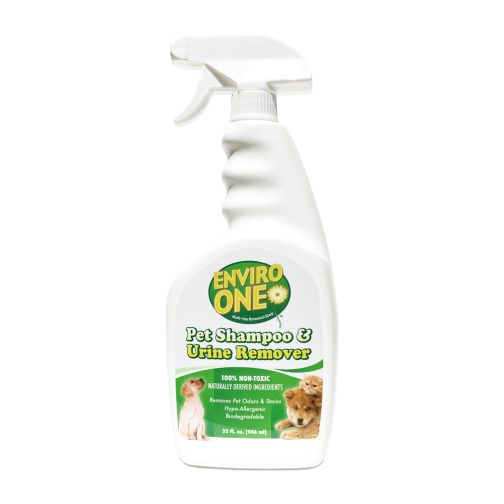Switch to Non-Toxic Cleaners: The Dangers of Chemicals and How to Protect Yourself
Why switch to non-toxic cleaners? Today, our environment is inundated with countless harmful chemicals, with an alarming rate of 300-400 new chemicals introduced daily. This poses a significant and seemingly insurmountable challenge. However, as the saying goes, “How can you eat an elephant? You eat it one bite at a time.” To combat the continual creation of these hazardous chemicals, we must come together as a community, educate ourselves, and spread awareness about their dangers. In this article, we will delve into the risks associated with household cleaning products and how switching to non-toxic cleaners can be a solution.
The Problem of Harmful Chemicals
Have you ever considered what ingredients are lurking in your soap, shampoos, and toothpaste? Even “no-tears” baby shampoo, designed to be gentle, contains an anesthetic that can harm their eyes without them feeling the sting. This is just one example of how common household products can pose a danger due to toxic ingredients. Let’s explore further.
Compounding the Problem
Not only are these household products dangerous on their own, but chemical-producing companies have exacerbated the issue. In an attempt to enhance product appeal, manufacturers have added fragrances, conditioning people to associate cleanliness with pleasant scents. However, today, approximately 95% of fragrance chemicals are synthetic compounds derived from petroleum, including known toxins that can cause cancer, birth defects, central nervous system disorders, and allergic reactions. The situation demands our attention.
The Dangers of Fragrance Chemicals
Let’s examine some key facts about fragrance chemicals:
- 95% of fragrance chemicals are synthetic compounds derived from petroleum.
- These chemicals encompass benzene derivatives, aldehydes, and other known toxins and sensitizers, capable of causing severe health issues such as cancer, birth defects, central nervous system disorders, and allergic reactions.
The Solution: Switch to Non-Toxic Cleaners
What you’ve read so far only scratches the surface of the iceberg. However, it is crucial to be aware of the incredible dangers posed by these chemicals present in our everyday products. Many individuals remain oblivious to the impact on their health, those around them, and the environment. Now that you are informed, you may wonder how to avoid these harmful chemicals and what steps to take.
To start making a positive change, consider the following steps:
- Educate yourself: Learn about the harmful chemicals commonly found in household cleaning products.
- Spread awareness: Share this information with family, friends, and your community to increase awareness.
- Opt for non-toxic alternatives: Switch to non-toxic cleaners that are safe for your health and the environment.
- Research products: Look for environmentally-friendly cleaners that disclose their ingredients and avoid synthetic fragrances.
- Read labels: Scrutinize product labels and avoid those with harmful chemicals or unpronounceable ingredients.
- Choose natural options: Consider homemade cleaning solutions using natural ingredients like vinegar, baking soda, and lemon.
- Support eco-friendly brands: Purchase from companies committed to producing non-toxic cleaning products.
- Advocate for change: Engage in conversations, sign petitions, and support organizations working towards stricter regulations on harmful chemicals.
By taking these steps, you can actively contribute to reducing your exposure to harmful chemicals and safeguarding your health. Remember, it’s not just about personal well-being but also the well-being of future

